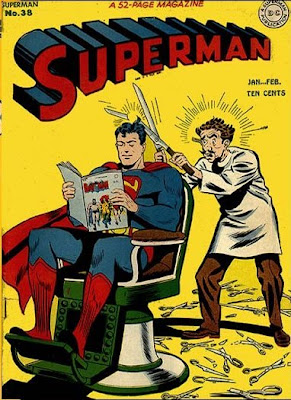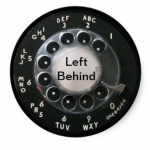
Yesterday in my Sunday School class, we moved beyond our discussion of the varied portraits of Jesus found in the Gospels to begin to answer the question posed in Mark’s Gospel, “Who do you say that I am?” Being so used to discussing the views of others, it was interesting and helpful to have to give me own personal answer to the question. Ultimately, what I kept coming back to as central was Jesus as crucified Messiah. Historians may debate (as illustrated by the book by Tom Wright and Marcus Borg mentioned by someone in the class, The Meaning of Jesus: Two Visions ) how Jesus viewed himself and how various Christian understandings of Jesus developed. But one thing seems clear. Christianity continued, while other messianic movements disappeared after the individual who was their focus was killed, because instead of concluding that Jesus was not the Messiah because he had been crucified, instead they reinterpreted what was meant by Messiah, leaving us with the challenge of following a path that does not lead to our own personal gain. It is the power of that message that has changed countless lives, and it does not ultimately depend on historical reconstruction in detail of all that Jesus said and did.
) how Jesus viewed himself and how various Christian understandings of Jesus developed. But one thing seems clear. Christianity continued, while other messianic movements disappeared after the individual who was their focus was killed, because instead of concluding that Jesus was not the Messiah because he had been crucified, instead they reinterpreted what was meant by Messiah, leaving us with the challenge of following a path that does not lead to our own personal gain. It is the power of that message that has changed countless lives, and it does not ultimately depend on historical reconstruction in detail of all that Jesus said and did.
Other subjects came up which will be the focus of our discussion next time. It is common in a Christian context to speak about Jesus as “God”. But what does that mean? When Jesus behaves humanly, is that “just his humanity at work” at that moment? Did God accept human limitations in the incarnation (the term for that being kenotic Christology)? Was Jesus striding the earth getting the answer to every question right?
That last question led to an interesting side debate about whether Superman could get a haircut. My own answer is that I view Jesus as a human being through whom I (and others) feel we’ve encountered the divine; I don’t view him as a “superman”.
In that same context this cartoon from the Far Side came up…













